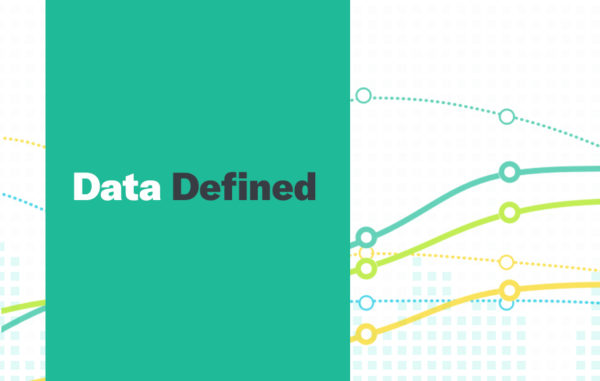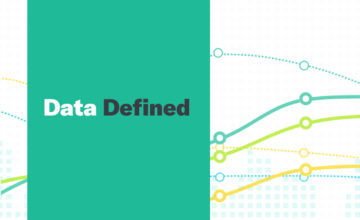Transmission Control Protocol Defined
TCP (Transmission Control Protocol) is a connection-oriented communications protocol, that defines how to establish and maintain a conversation through application programs.
TCP is a common protocol within Internet Protocol (IP) which defines how computers send packets of data to each other. They are sometimes referred to as TCP/IP. TCP works by taking messages from a server or application and dividing the messages into packets, which are then forwarded by the device to the destination. TCP numbers each packet and reassembles them before handing them off to the server or application recipient.
TCP is beneficial because:
- It establishes the rules and standard procedures regarding the way information is communicated over the internet.
- It ensures data transmission is carried out uniformly, regardless of location or software.
- It is flexible and scalable, allowing new protocols to be introduced and accommodated.
- It is non-proprietary.
TCP works with
- Secure Shell (SSH), File Transfer Protocol (FTP), Telnet: For peer-to-peer file sharing
- Simple Mail Transfer Protocol (SMTP), Post Office Protocol (POP), Internet Message Access Protocol (IMAP): For sending and receiving email
- HTTP: For web access
Other protocol suites include:
In Data Defined, we help make the complex world of data more accessible by explaining some of the most complex aspects of the field.
Click Here for more Data Defined.


